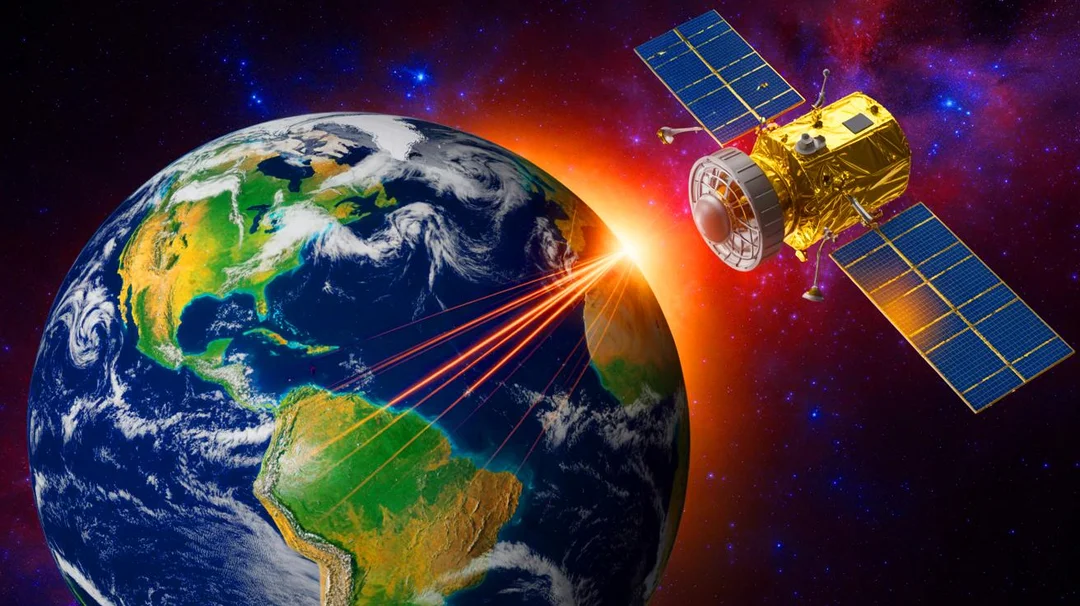
NASA Warns of Growing Anomaly: Earth’s Magnetic Field Weakens, Threatening Satellites
NASA has issued a warning about a significant and growing anomaly affecting Earth's magnetic field. Known as the South Atlantic Anomaly (SAA), this zone of weakened magnetic intensity stretches across South America and the South Atlantic Ocean, posing an increasing threat to satellites and space technologies. Scientists believe the anomaly is linked to complex forces deep within the Earth's crust, making it a crucial area of study.
The SAA isn't just a scientific curiosity; it's a vulnerability in our planet's natural protective shield. High-energy solar particles can penetrate this weakened area, coming dangerously close to Earth's surface. This poses a direct risk to satellites passing through the region.
Where does this anomaly come from? Its origins are tied to the geodynamo, the complex process in Earth's outer core where molten iron and nickel generate the magnetic field. The inclination of Earth's magnetic axis and the presence of a massive, dense structure beneath Africa, known as the African Large Low Shear Velocity Province, disrupt this generation. According to NASA geophysicists, the SAA is also associated with a local polarity inversion within the Earth's magnetic field, creating a sort of "pothole" in our magnetic armor.
The Danger to Space Technology
Satellites traversing the SAA face exposure to high levels of energetic protons. These particles can cause Single Event Anomalies (SEUs), leading to temporary malfunctions, data corruption, or even permanent damage. According to Bryan Blair, deputy principal investigator for the Global Ecosystem Dynamics Investigation (GEDI) instrument installed on the ISS, the external instruments are more exposed resulting in occasional “misfires” resulting in a few hours of data loss each month, an impact deemed manageable.
A Dynamic Anomaly
Data from ESA's Swarm constellation and NASA's SAMPEX mission reveals that the SAA is not static. It's slowly drifting northwest, expanding in surface area, and, most notably, splitting into two distinct lobes since 2020. This bifurcation increases the number of hazardous zones for spacecraft and makes it harder for scientists to predict geomagnetic conditions. "Understanding the changing morphology of the AAS is crucial for the safety of current and future satellites," stresses NASA's Terry Sabaka.
Anticipating the Invisible
NASA combines satellite data with simulations of Earth's core dynamics to refine understanding and forecasts. This information is used in global models like the International Geomagnetic Reference Field (IGRF), which tracks changes in Earth's magnetic field. This approach is similar to weather forecasting but on much longer timescales, allowing scientists to estimate slow but persistent changes in the magnetic field over years and decades. Scientists emphasize the SAA is not an early indicator of magnetic pole reversal, which occurs over hundreds of thousands of years.
The South Atlantic Anomaly presents an ongoing challenge, urging continuous monitoring and research to protect our space-based technologies and enhance our comprehension of the powerful forces shaping our planet. What impact will these magnetic changes have on future space missions and our understanding of Earth's core?
Share your thoughts and insights in the comments below.